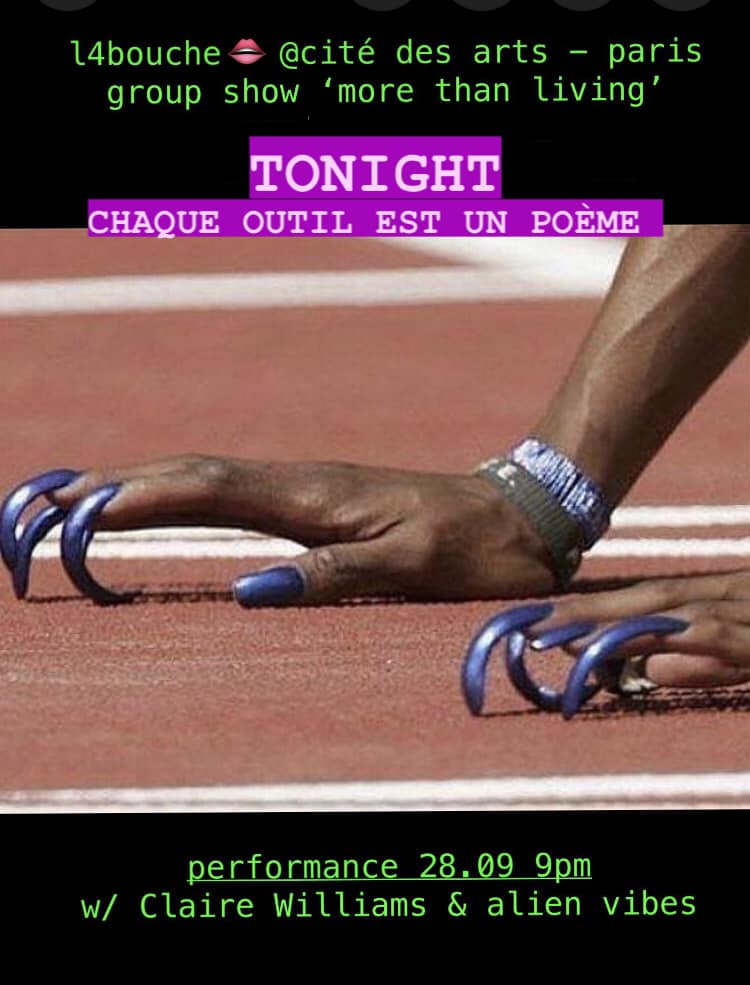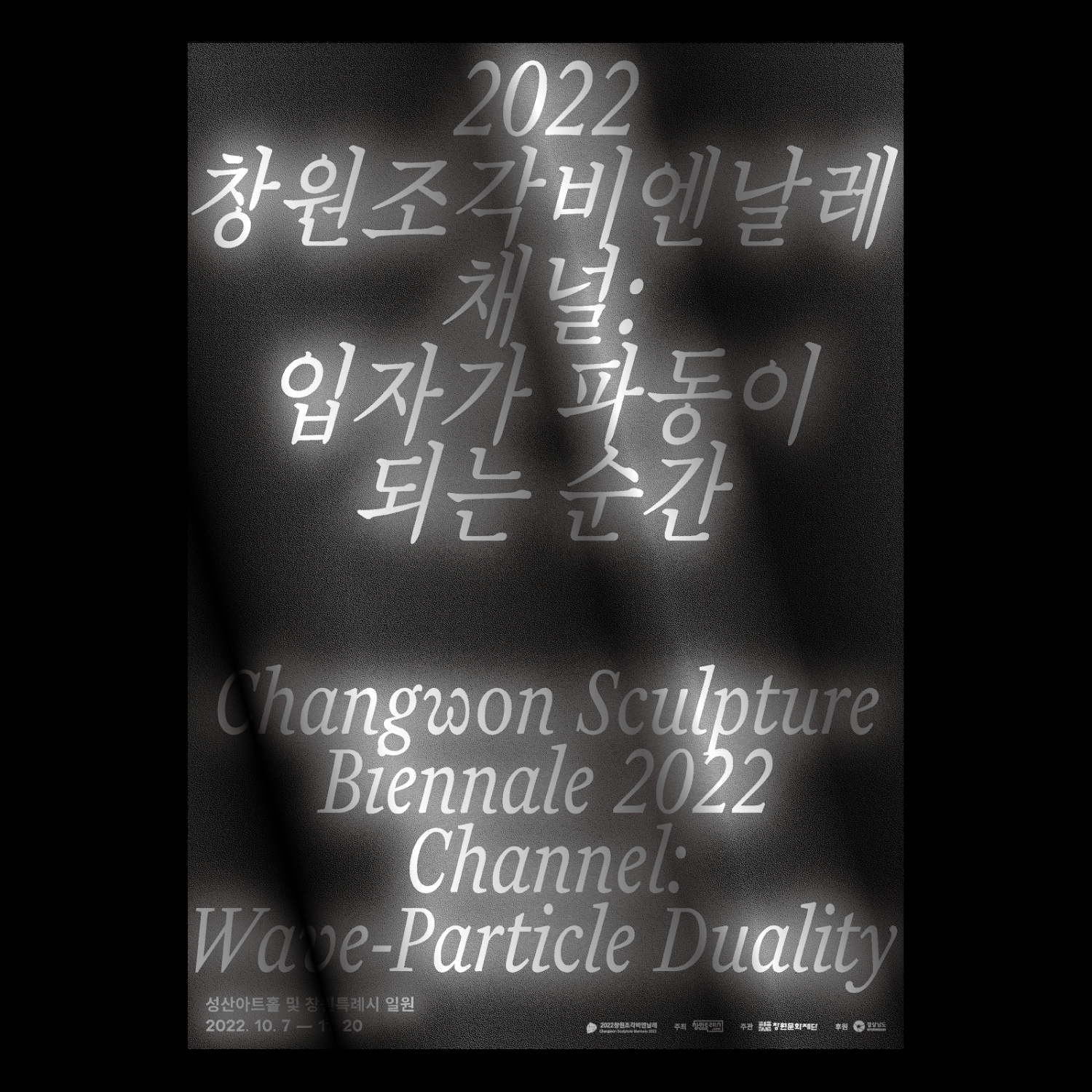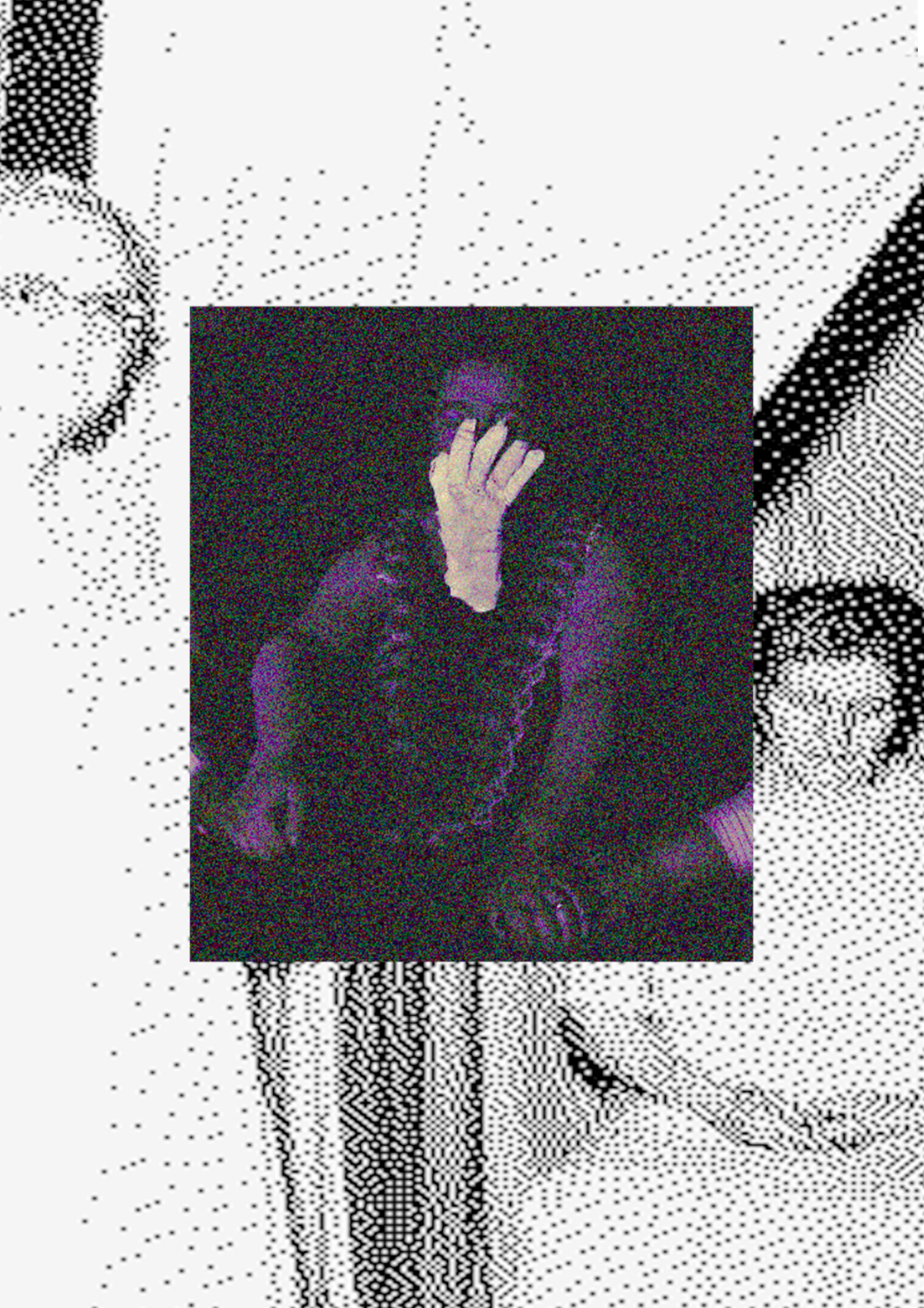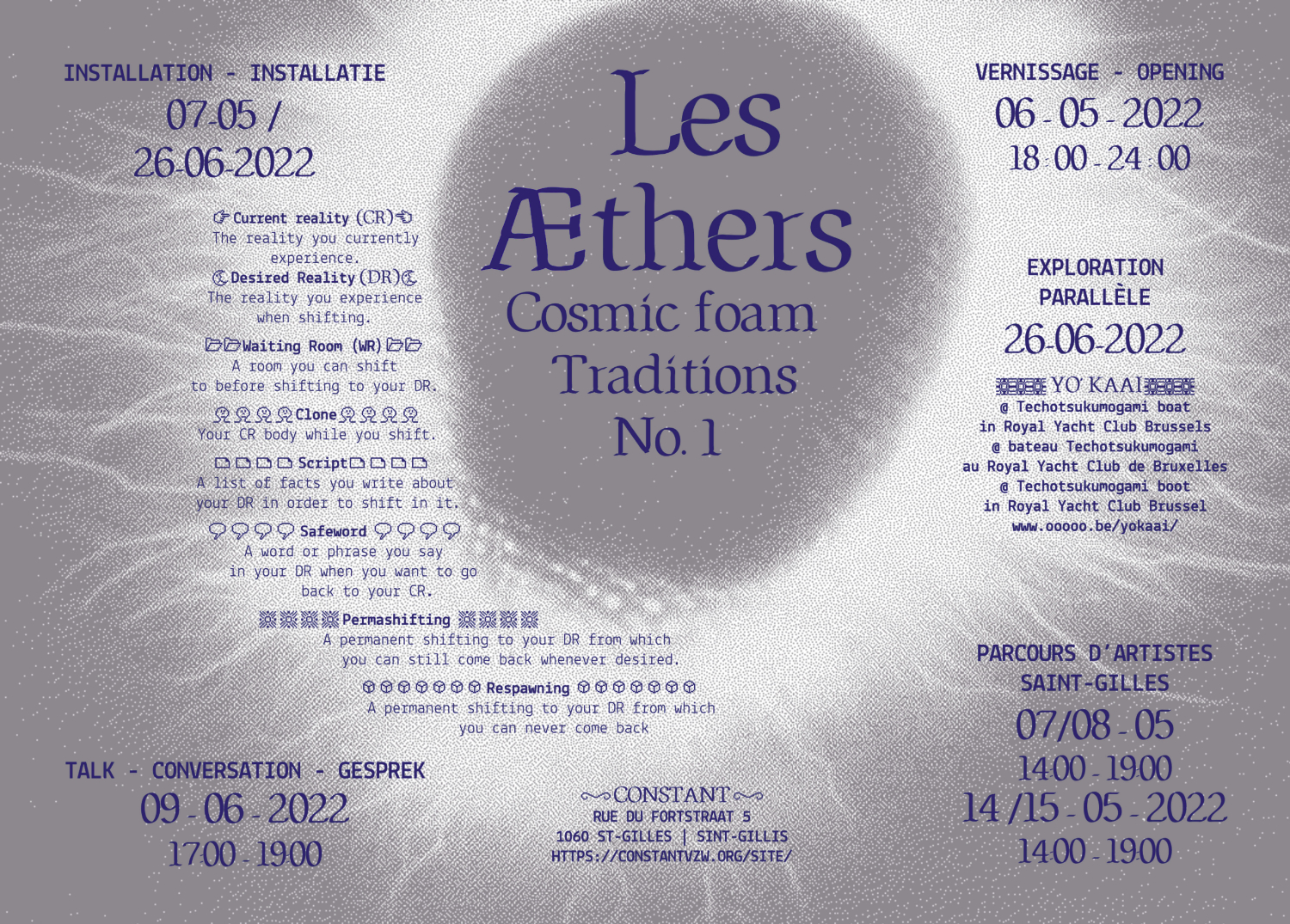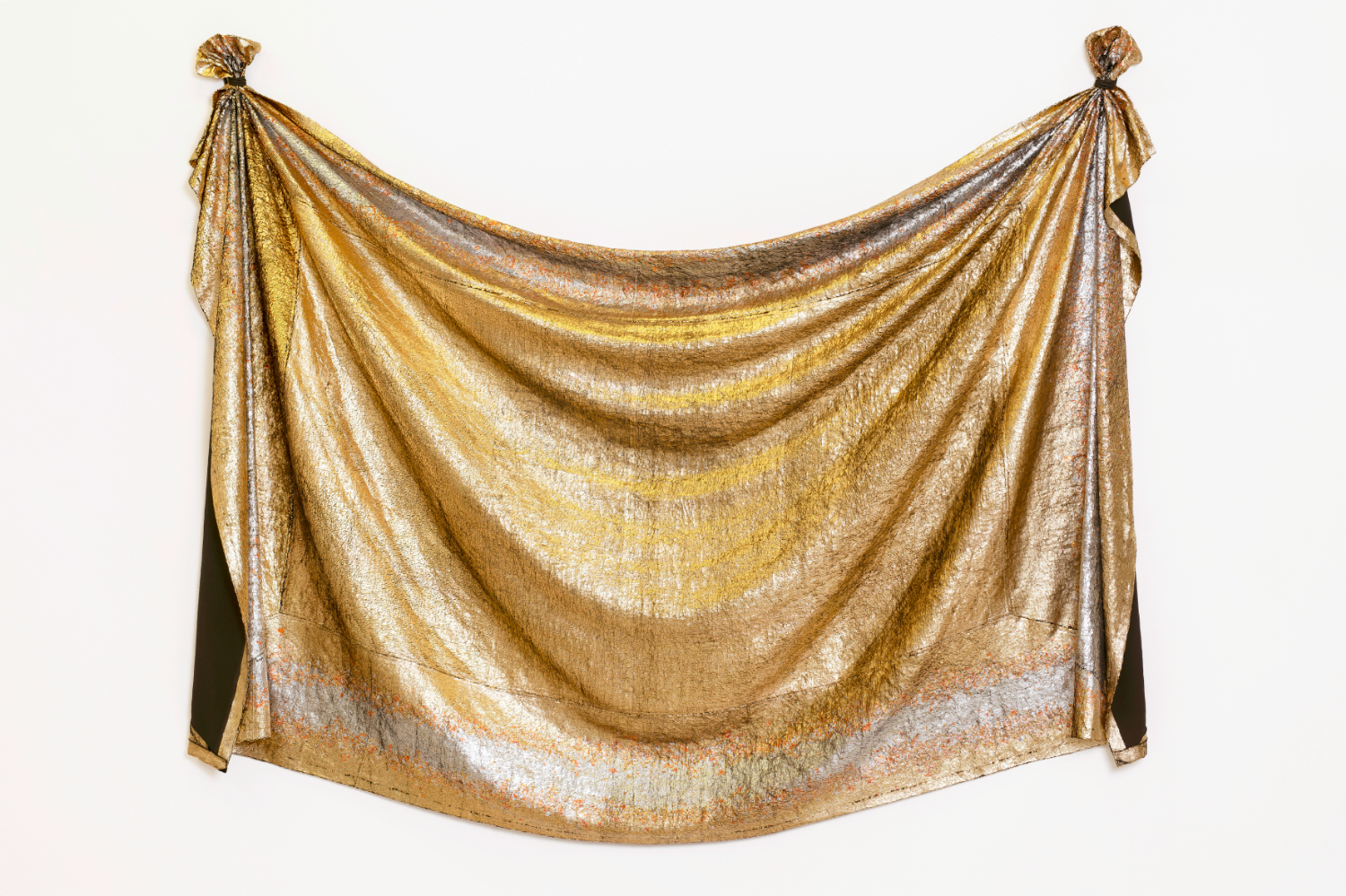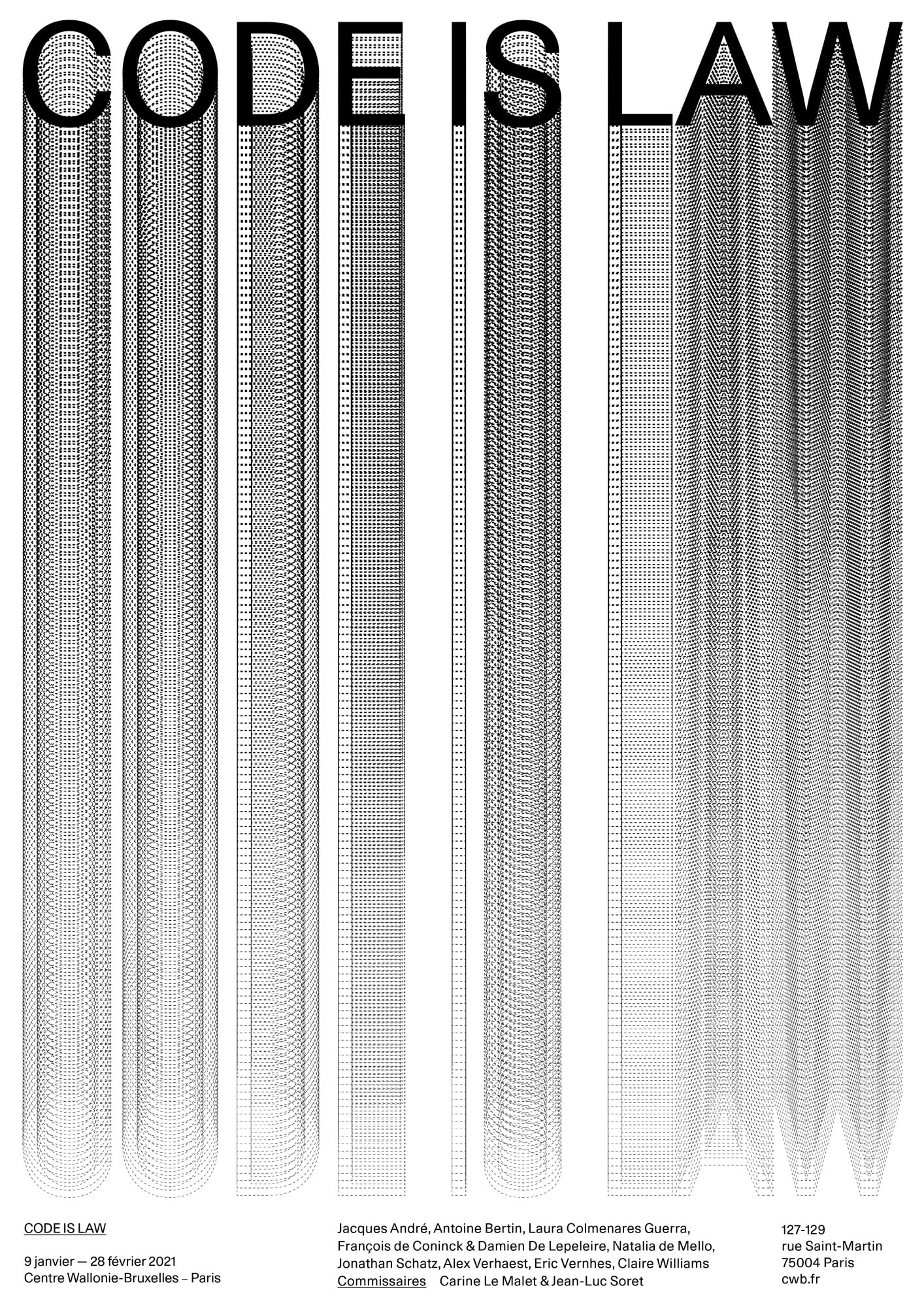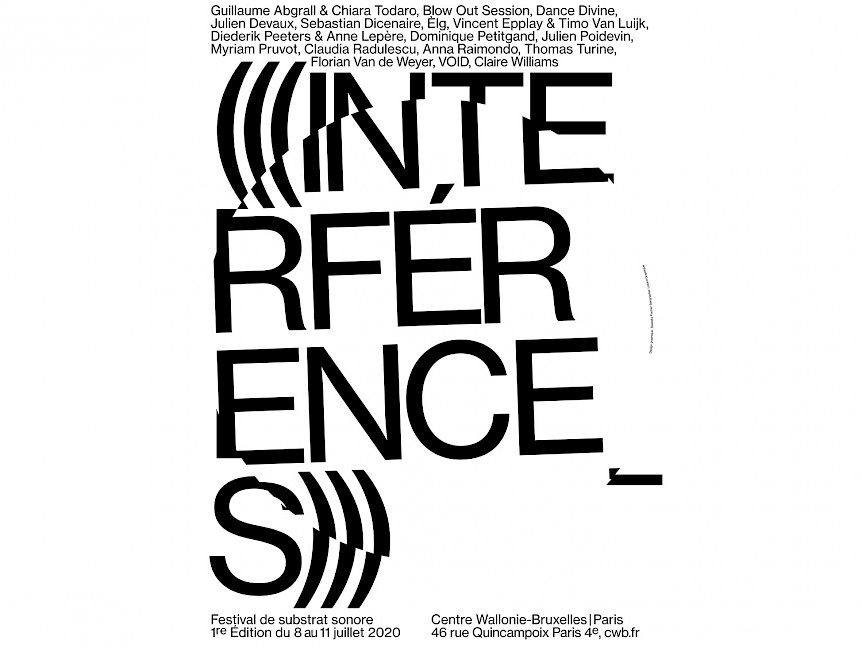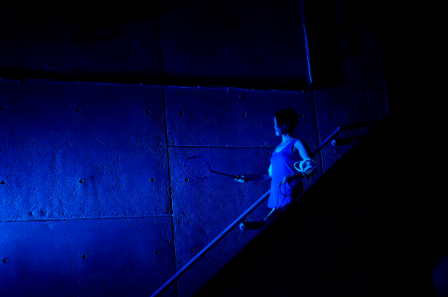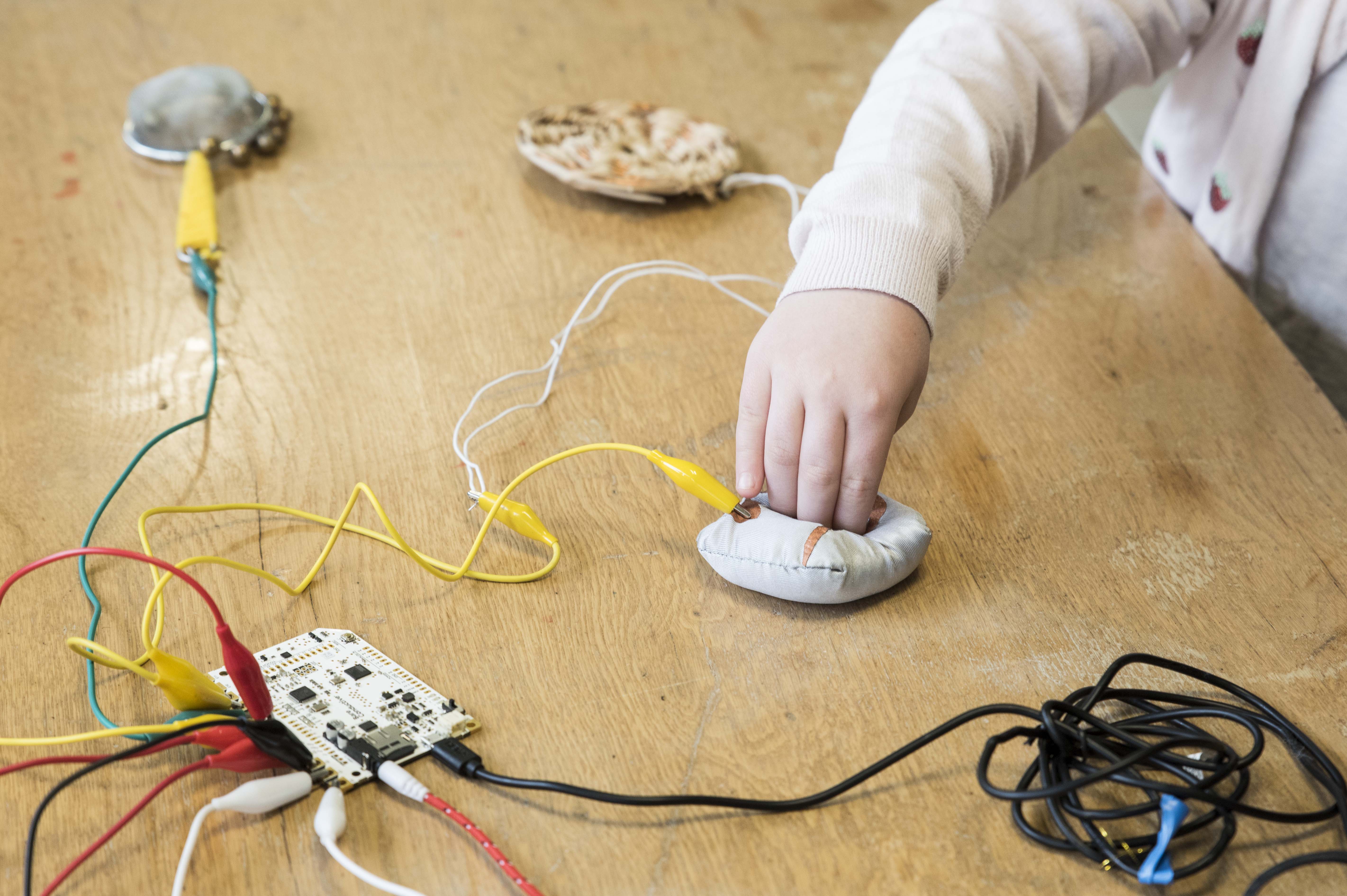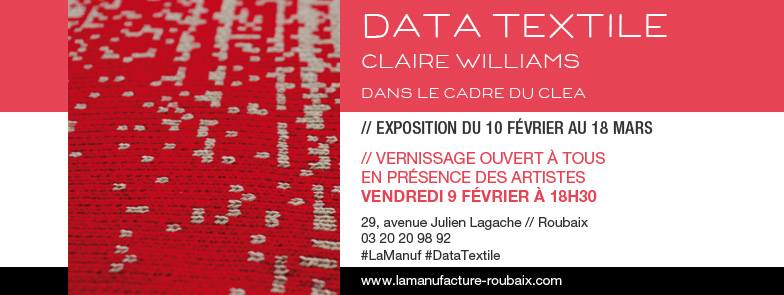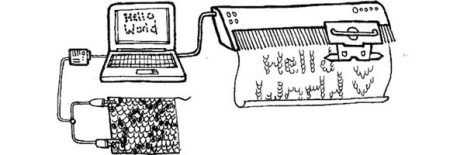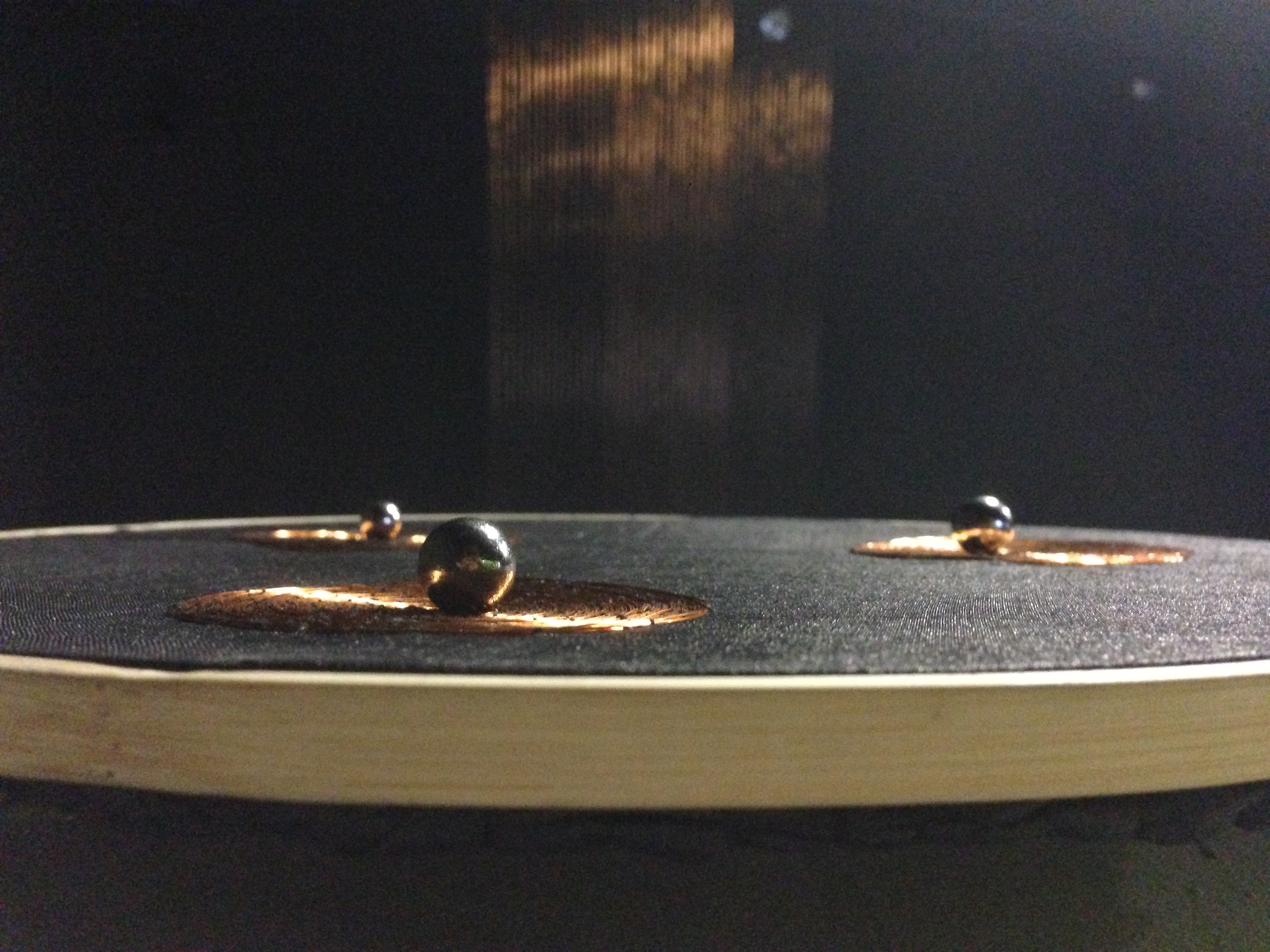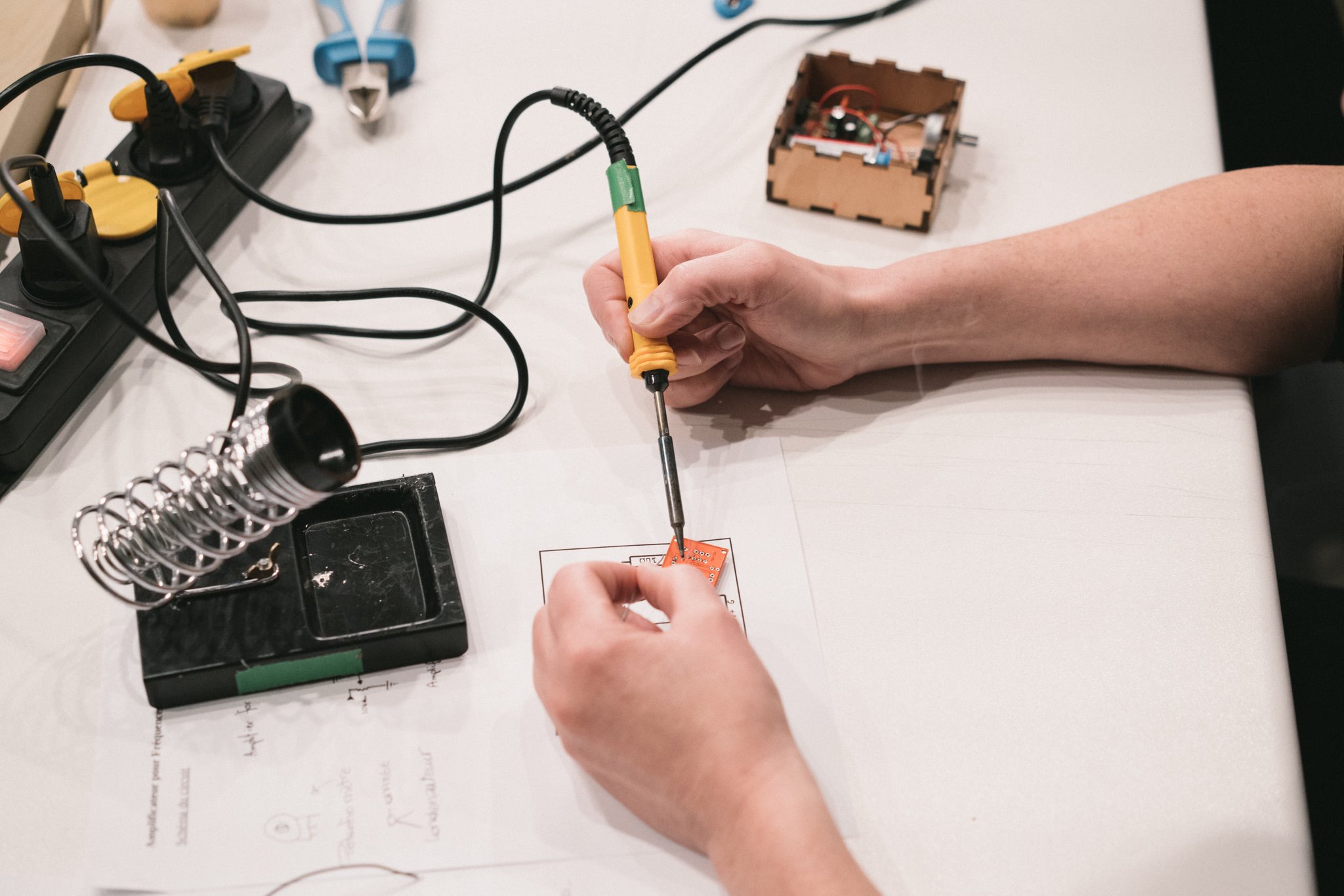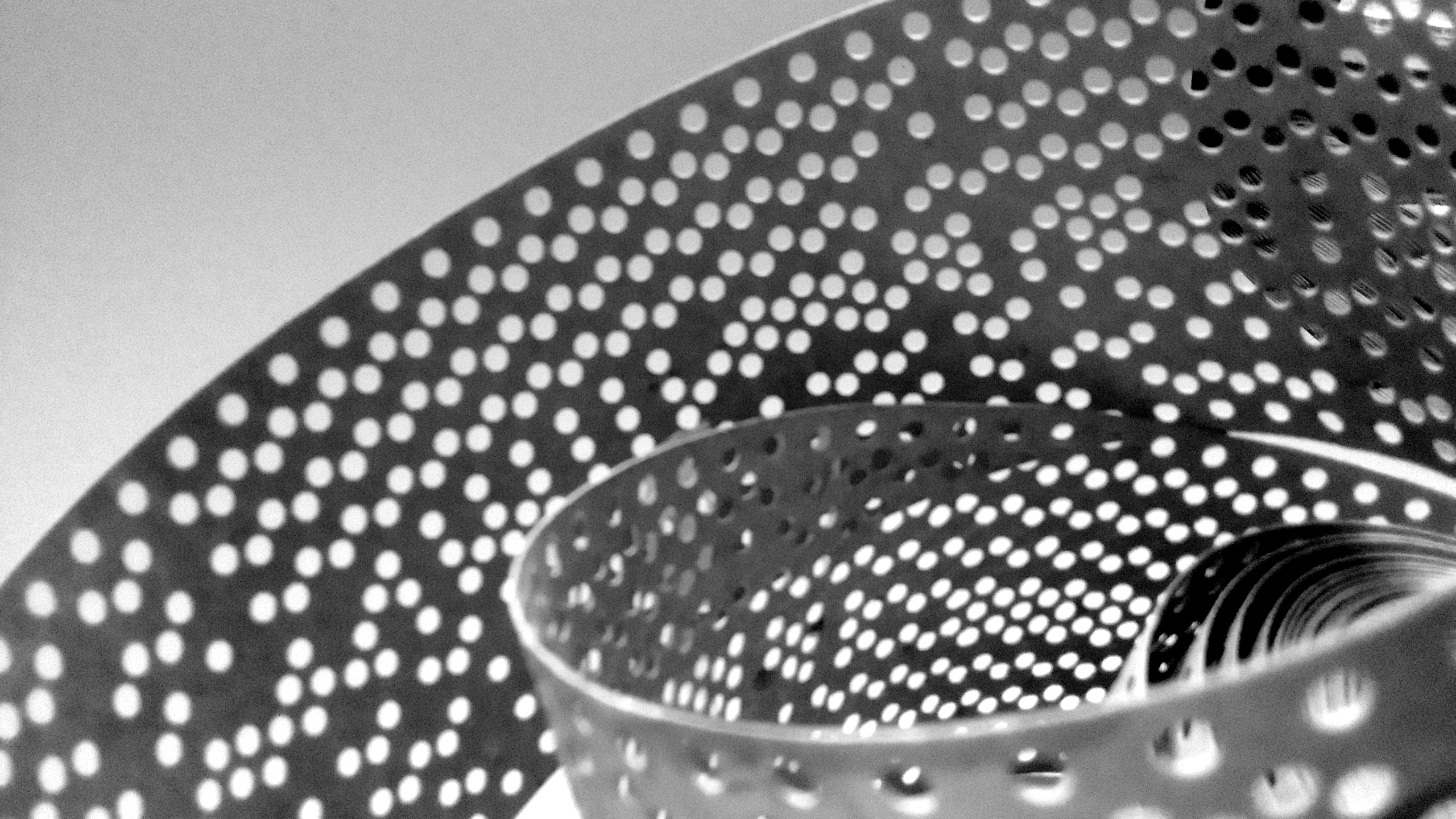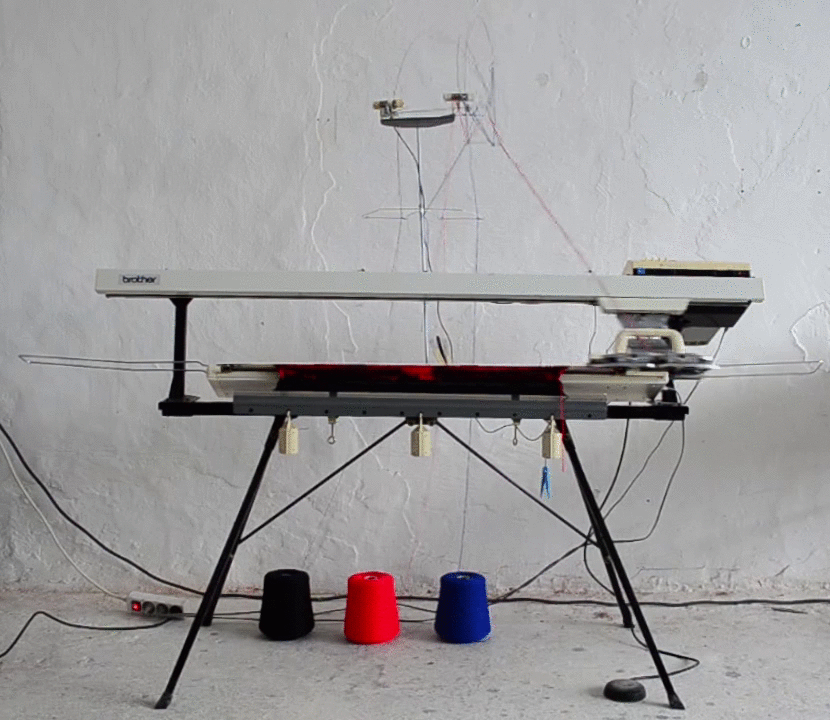Sound and Patterns
28/10/17
Shipibo Embroidery
The Shipibo tribe live in the Amazonian forest of Peru. They are known for their intricate embroidery that take part of shamanic rituals. We can observe that their embroidered and painted patterns are constructed with recursive space filling curve rules. These recursive patterns are created by the Shipibo women who simultaneously sing an Icaro chant. “the Shipibo can listen to a song or chant by looking at the designs – and inversely, paint a pattern by listening to a song or music”.
«As an astonishing demonstration of this I witnessed two Shipiba paint a large ceremonial ceramic pot known as a Mahuetá. The pot was nearly five feet high and had a diameter of about three feet, each of the Shipiba couldn’t see what the other was painting, yet both were whistling the same song, and when they had finished both sides of the complex geometric pattern were identical and matched each side perfectly. »
Howard G. Charing – Communion With The Infinite – The Visual Music of the Shipibo tribe of the Amazon
The shaman then wears the embroidered cloth for ayahuasca healing ceremonies where he will read the structure of the pattern to sing the visual score and follow the geometric patterns to re-balance the patients body.
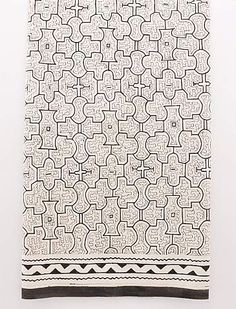

« A key element in this magical dialogue with the energy which permeates creation and is embedded in the Shipibo designs is the work with ayahuasca by the Shipibo shamans or muraya. In the deep ayahuasca trance, the ayahuasca reveals to the shaman the luminous geometric patterns of energy. These filaments drift towards the mouth of the shaman where it metamorphoses into a chant or Icaro. The Icaro is a conduit for the patterns of creation which then permeate the body of the shamans patient bringing harmony in the form of the geometric patterns which re-balances the patients body. The vocal range of the Shipibo shamans when they chant the Icaros is astonishing, they can range from the highest falsetto one moment to a sound which resembles a thumping pile driver, and then to a gentle soothing melodic lullaby. Speaking personally of my experience with this, is a feeling that every cell in my body is floating and embraced in a nurturing all-encompassing vibration, even the air around me is vibrating in acoustic resonance with the icaro of the maestro. The shaman knows when the healing is complete as the design is clearly distinct in the patients body. It make take a few sessions to complete this, and when completed the geometric healing designs are embedded in the patients body, this is called an Arkana. This internal patterning is deemed to be permanent and to protect a person’s spirit. »
The visual music score embedded in the Shipibo textiles are very intriguing in the way that we could imagine that the patterns correspond to specific musical rules of the Shipibo culture. Other than that, the recursive pattern construction can be imagined as a way to trace a map to circulate on the textile surface in the same specific way you would construct the needle work. On an other interesting article found on dataisnature.com « The Generative Song & Sound Pattern Matrixes of the Shipibo Indians » who makes an interesting parallel between the Shipibo patterns and feed back systems «resemblance of the patterns generated by video feedback especially those systems containing symmetry breaking transformations.»
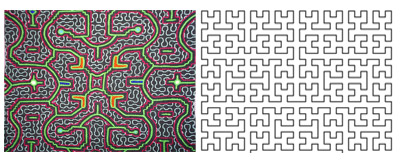
As in numerous tribal textiles, these textiles express a place where patterns can symbolize or be a path leading to the spiritual world. Following the idea of these recursive patterns being a way to transmit, protect or capture good or evil energy i investigated further to see if their were connections that could be made with the use of these same patterns used for energy harvesting systems or antennas. And indeed it was very interesting to discover the use of Fractal Antennas and Rectennas in modern electronic devices and systems.
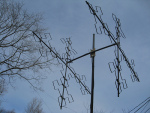
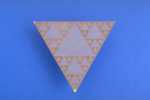
A fractal antenna uses a self-similar design to maximize the length, or increase the perimeter (on inside sections or the outer structure), of material that can receive or transmit electromagnetic radiation within a given total surface area or volume. Such fractal antennas are also referred to as multilevel and space filling curves, but the key aspect lies in their repetition of a motif over two or more scale sizes, or “iterations”. For this reason, fractal antennas are very compact, multiband or wideband, and have useful applications in cellular telephone and microwave communications.
Sources:
Howard G. Charing – Communion With The Infinite – The Visual Music of the Shipibo tribe of the Amazon
Dataisnature.com – The Generative Song & Sound Pattern Matrixes of the Shipibo Indians
Fractal Antenna http://en.wikipedia.org/wiki/Fractal_antenna
L systems: http://en.wikipedia.org/wiki/L-system
Recusion: http://en.wikipedia.org/wiki/Recursion
Visualising Sound
Chladni figures were discovered in the 19th century by the German physicist Ernst Chladni, who used a bow to generate a wave on a copper plate covered with sand inventing a technique to show the various modes of vibration that respond to a certain frequency. He was one of the first to understand the relationship between sound and waves.
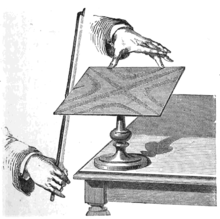
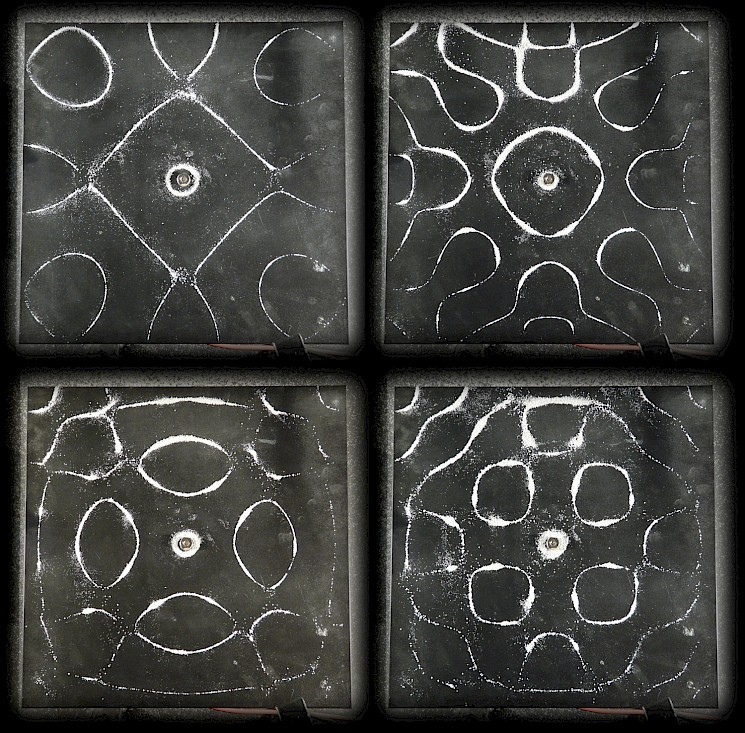
<iframe width="560" height="315" src="https://www.youtube.com/embed/1yaqUI4b974" frameborder="0" allow="autoplay; encrypted-media" allowfullscreen></iframe>

Patterns and musical scores
The relationship between musical scores and patterns have been explored throughout the experimentations of artists and composers such as John Cage, Cornelus Cardew and Iannis Xenakis.

Links between patterns and musical scores can be observed historically as for example mechanical organs who use punched card systems to create folk songs, similar to the ones used by Jacquard weaving looms to weave patterns which inspired our modern binary computing system.

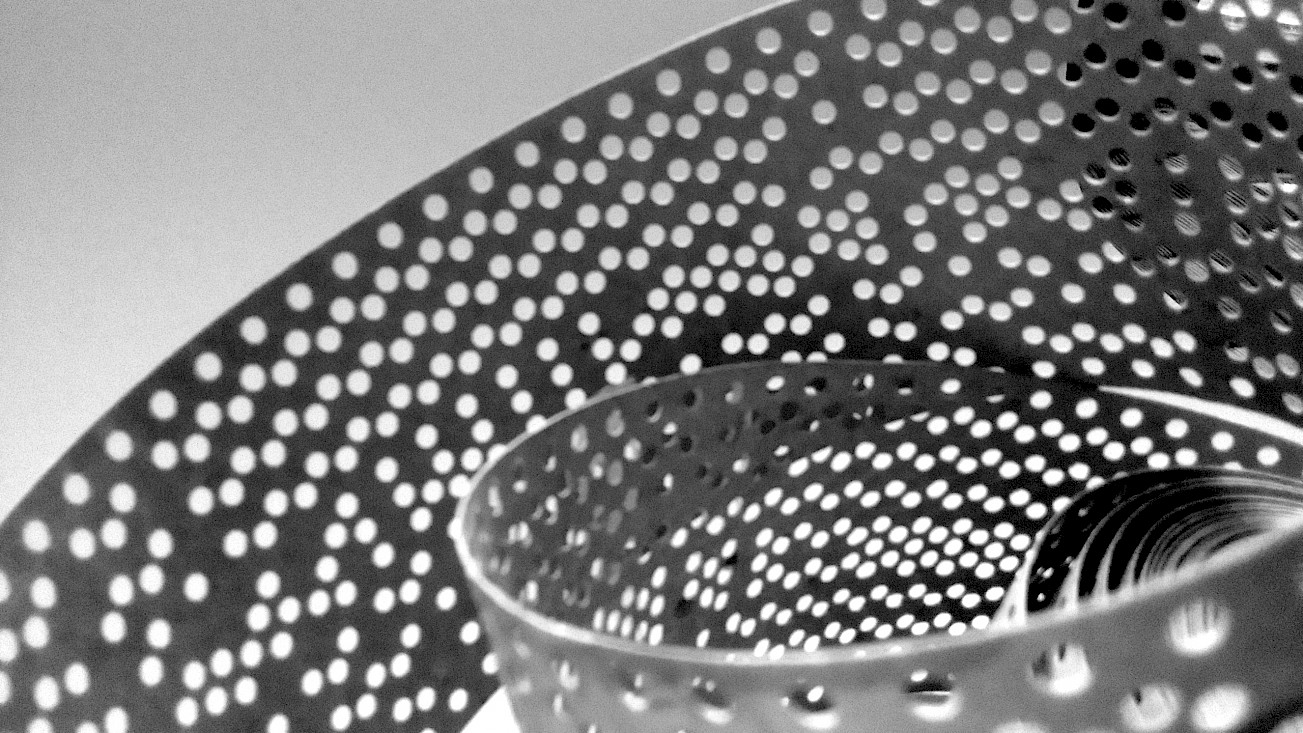

Anthropologically, studies have explained how language, music, notationand patterns are linked. Indeed the word text comes from the latin word textus "style or texture of a work," literally "thing woven," from past participle stem of texere "to weave, to join, fit together, braid, interweave, construct, fabricate, build," from PIE root *teks- "to weave, to fabricate, to make; make wicker or wattle framework."
An ancient metaphor: thought is a thread, and the raconteur is a spinner of yarns -- but the true storyteller, the poet, is a weaver. The scribes made this old and audible abstraction into a new and visible fact. After long practice, their work took on such an even, flexible texture that they called the written page a textus, which means cloth. [Robert Bringhurst, "The Elements of Typographic Style"]
Links:
https://en.wikipedia.org/wiki/Ernst_Chladni
Tim Ingold, “ A brief history of Lines” explains the links with language, music and notation.
Weavers of Song: Polynesian Music and DanceTHE ARCHAIC LITHUANIAN POLYPHONIC CHANT Sutartinė
fr en



















